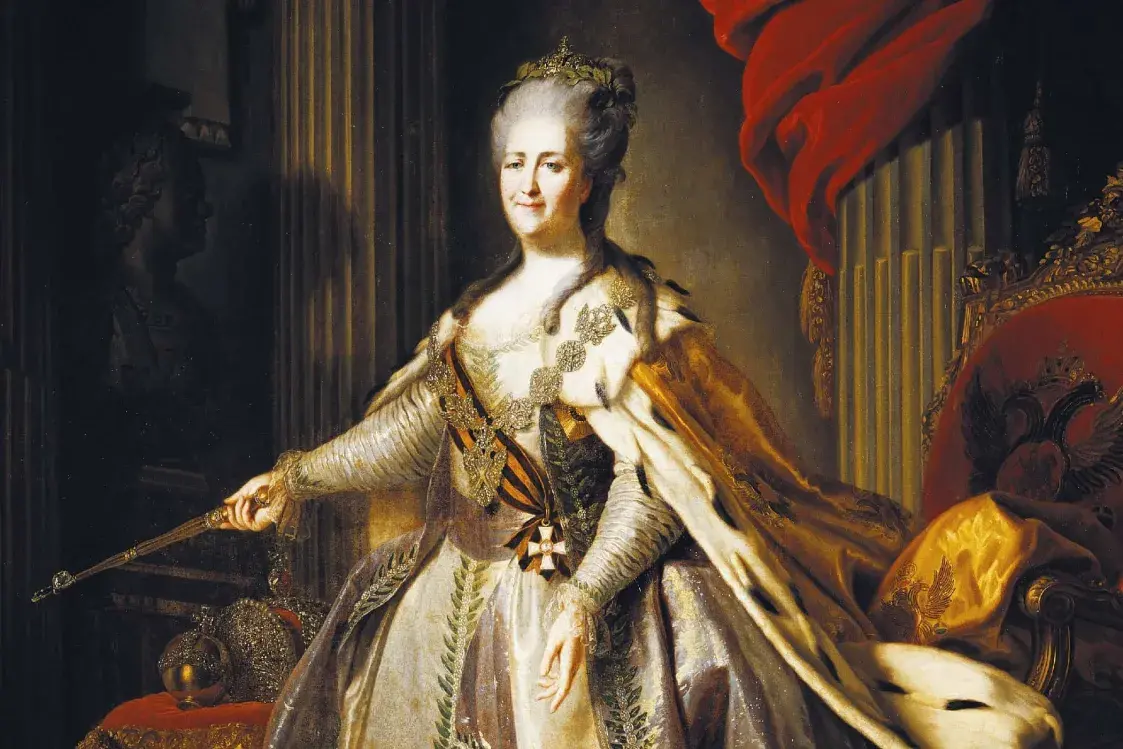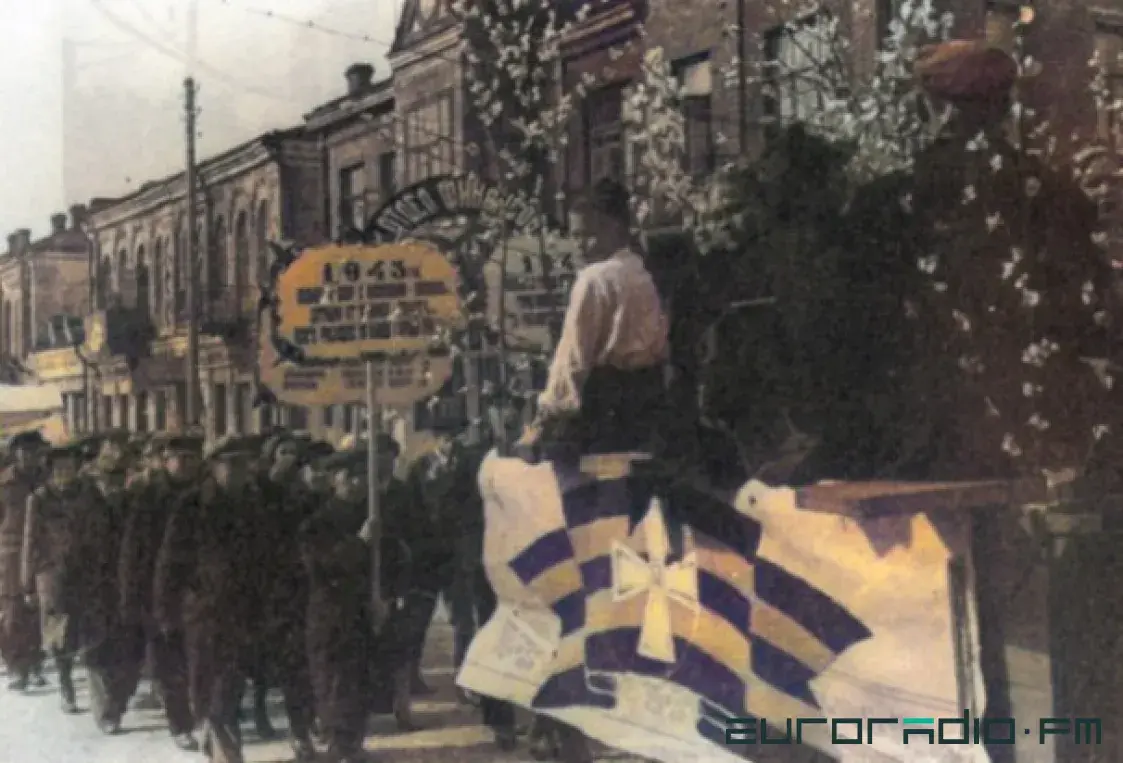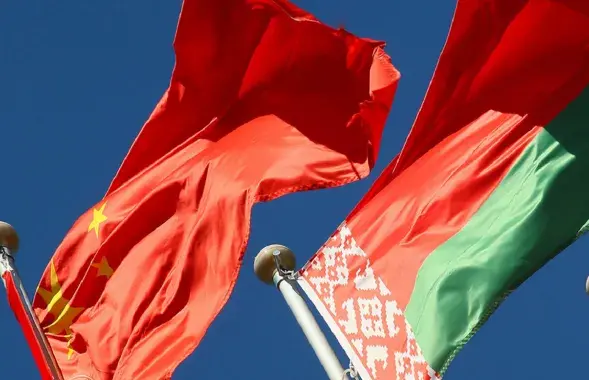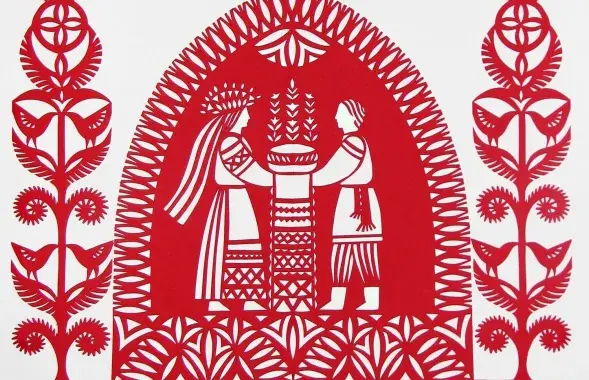What's wrong with the St. George Ribbon?

This is not the best way to honor the memory and heroism of veterans / ria.ru
The media and social feeds are doing their job: for many, the so-called St. George's Ribbon has become one of the symbols of Victory Day.
But not only does it symbolize Russia's aggressive foreign policy, it also has nothing to do with the Second World War. The Russian propaganda has been promoting this symbol all these years because they had to create the myth of the "Russian World".
What is wrong with the St. George's Ribbon? Here are some historical facts.
The ribbon appeared in Imperial Russia in the 18th century along with the Order of Saint George. But the black and orange (or black and gold) colors had nothing to do with the Order itself - they were traditional symbols of Imperial Russia. It is customary to associate white and red with St. George. Both the Order and the ribbon were abolished in 1917, after the Revolution, as symbols of imperialism.

Thus, the black and orange ribbon was used by representatives of the White Movement, and during the Second World War it was also used by those who collaborated with the Germans. Among them - the Russian Liberation Army of General Vlasov and the Union of Russian Youth. For them it was a symbol of Russian nationalism, just like the tricolor flag. Here is an example: the Union of Russian Youth with a flag in the colors of St. George's Ribbon in occupied Babruisk in 1943.

Back during the war, the Soviet authorities began to return the name "Guards" to some units (mostly naval forces), then some had the colors of the St. George Ribbon, it was also on some awards. But at the same time the ribbon did not become the main symbol of victory in the war - it was not used so often and was not given that meaning. The main symbol was the red Victory Banner. Until the 21st century that is.



















